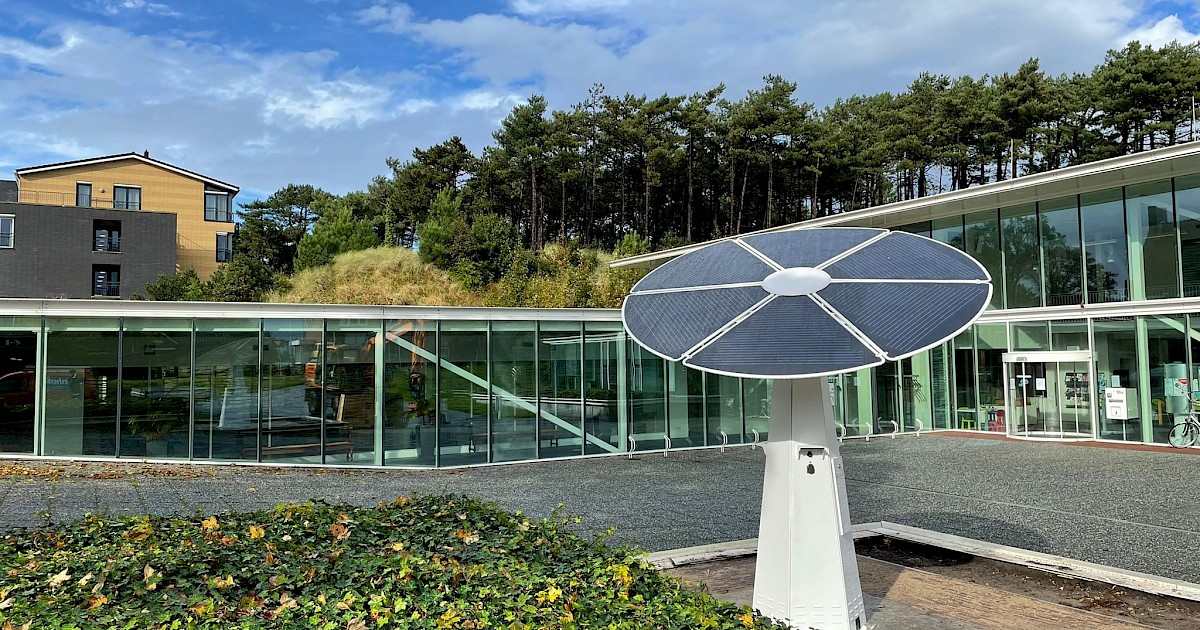The UK Construction and Infrastructure Landscape: Looking at the future
Historically, the lion’s share of the construction industry was developed by the private commercial division, followed by private housing. Nonetheless, Covid-19 seriously affected the industry with a record fall of 16.3% in 2020. In the Covid aftermath, a new reality has occured. From 2021, private housing and public infrastructure are the main contributors to the growth of the industry, as private commercial sector has been affected by inflation and the war in Ukraine.
In 2021 onwards, the industry managed to recover relatively rapidly. An annual growth rate of 9.57% is expected (CAGR 2022-2027). According to the Office of National Statistics the revenue in the sector of construction is estimated to reach $437.90bn in 2022. With more and more construction firms registering, especially in the area of Wales, there is going to be a demand of 53,200 additional workers annually by 2026 to meet the needs of the industry (CITB). Almost 30% of the construction firms are located around London and the South-East of England.
The big players in the construction and infrastructure industry are: Balfour Beatty Plc, Kier Group Plc, Vinci SA, Royal Volker Wessels Stevin NV, Actividades de Construccion y Servicios SA, Skanska AB, Costain Group Plc, Mace Group Ltd, Sir Robert McAlpine Ltd, and Bouygues SA.
As of construction consulting firms some of the leading companies are: AECOM, WSP Global Inc., Mott MacDonald Group Ltd, Arup Group Ltd, Jacobs Engineering Group Inc., SNC-Lavalin Group Inc., RPS Group Plc, Tetra Tech Inc., Grimshaw Architects, and Foster + Partners Ltd.
It is clear that in both sectors, national and international companies have the ability to flourish.







